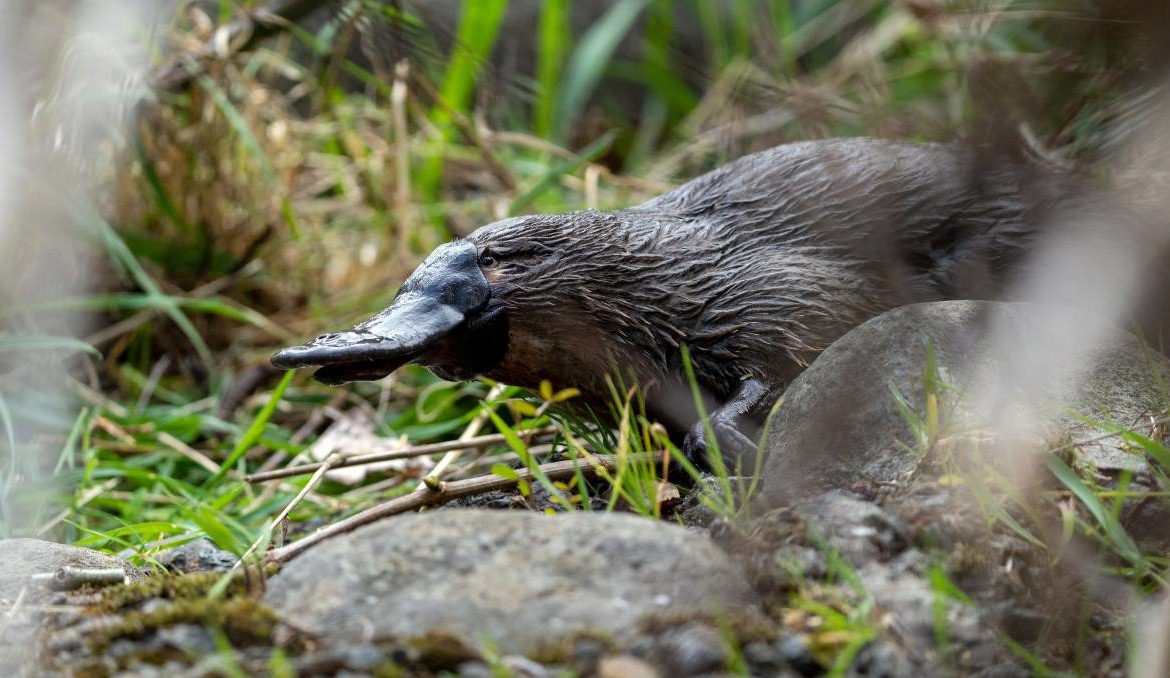news, latest-news, platypus, conservation, university of new south wales
Platypus observations have dropped by nearly a quarter since 1990, sparking calls for the iconic Australian animal to be included on the threatened species register. New research from the University of New South Wales (UNSW) has shown platypus sightings have dropped by 22 per cent nationally since 1990 with New South Wales and Queensland facing the most drastic decline. NSW experienced a 32 per cent reduction while Queensland followed shortly behind with a 27 per cent decline. The research pointed to heavily modified water systems, like the Murray-Darling Basin, to explain why NSW rated so highly. While Victoria recorded a 7 per cent decline statewide, the research said the densely-populated Melbourne area experienced a drop by between 18 and 65 per cent since 1995. The ACT along with South Australia had a zero per cent change during the three-decade period but Dr Tahneal Hawke, a UNSW researcher on the study, said it was likely due to a lack of quality data. The study suggests a number of threats are to blame. Particularly, the creation of new dams, poor river management, land clearing, invasive predators, pollution and suburban sprawl are among the main factors driving the decline. But drought and increased fire weather brought on by climate change was also to blame for the drop in observations. Dr Hawke said the warming weather too presented further problems for the future. “The increase in temperature probably will become a problem for platypus, particularly in the north of the range – they get heat stress above temperatures of about 30 degrees,” Dr Hawke said. “As the climate becomes warmer, their range will probably contract to the areas where they can manage their temperature better.” READ MORE: The threats together mean the future of Australia’s platypus population is under threat. It’s led to calls to list the unique mammal as a threatened species in order to halt further decline. To do that, the platypus will need to be included on the federal government’s Environment Protection and Biodiversity Conservation Act (EPBC). “Any negative impacts [on platypus populations] that might arise from land use change or development will need to be considered before they can be approved,” Dr Hawke said. “It will really improve the recognition of these key threatening processes and there’ll be some attempt to try and reduce them, and also implement some recovery plans in particular areas.” The platypus is a one-of-a-kind species in the world and Dr Hawke said it deserved our protection because of it. “The platypus is a really iconic species, both in terms of its unique morphology and also its evolution,” Dr Hawke said. “I think it’s really a true iconic Australian mammal and I think we have a responsibility, to ourselves and to the rest of the world, to protect that.”
/images/transform/v1/crop/frm/wVfaN4dWTUMKJDuE2XYSVu/cf05a0e8-9f4c-450b-884d-a55c2a4016e1.jpg/r9_452_5478_3542_w1200_h678_fmax.jpg
Platypus observations have dropped by nearly a quarter since 1990, sparking calls for the iconic Australian animal to be included on the threatened species register.
New research from the University of New South Wales (UNSW) has shown platypus sightings have dropped by 22 per cent nationally since 1990 with New South Wales and Queensland facing the most drastic decline.
NSW experienced a 32 per cent reduction while Queensland followed shortly behind with a 27 per cent decline. The research pointed to heavily modified water systems, like the Murray-Darling Basin, to explain why NSW rated so highly.
While Victoria recorded a 7 per cent decline statewide, the research said the densely-populated Melbourne area experienced a drop by between 18 and 65 per cent since 1995.
The ACT along with South Australia had a zero per cent change during the three-decade period but Dr Tahneal Hawke, a UNSW researcher on the study, said it was likely due to a lack of quality data.
The grey covers historical distribution of platypuses while the red marks areas where the mammals have not been recorded since 2009. Image: Australian Conservation Foundation
The study suggests a number of threats are to blame. Particularly, the creation of new dams, poor river management, land clearing, invasive predators, pollution and suburban sprawl are among the main factors driving the decline.
But drought and increased fire weather brought on by climate change was also to blame for the drop in observations.
Dr Hawke said the warming weather too presented further problems for the future.
“The increase in temperature probably will become a problem for platypus, particularly in the north of the range – they get heat stress above temperatures of about 30 degrees,” Dr Hawke said.
“As the climate becomes warmer, their range will probably contract to the areas where they can manage their temperature better.”
The threats together mean the future of Australia’s platypus population is under threat. It’s led to calls to list the unique mammal as a threatened species in order to halt further decline.
To do that, the platypus will need to be included on the federal government’s Environment Protection and Biodiversity Conservation Act (EPBC).
“Any negative impacts [on platypus populations] that might arise from land use change or development will need to be considered before they can be approved,” Dr Hawke said.
“It will really improve the recognition of these key threatening processes and there’ll be some attempt to try and reduce them, and also implement some recovery plans in particular areas.”
The platypus is a one-of-a-kind species in the world and Dr Hawke said it deserved our protection because of it.
“The platypus is a really iconic species, both in terms of its unique morphology and also its evolution,” Dr Hawke said.
“I think it’s really a true iconic Australian mammal and I think we have a responsibility, to ourselves and to the rest of the world, to protect that.”







